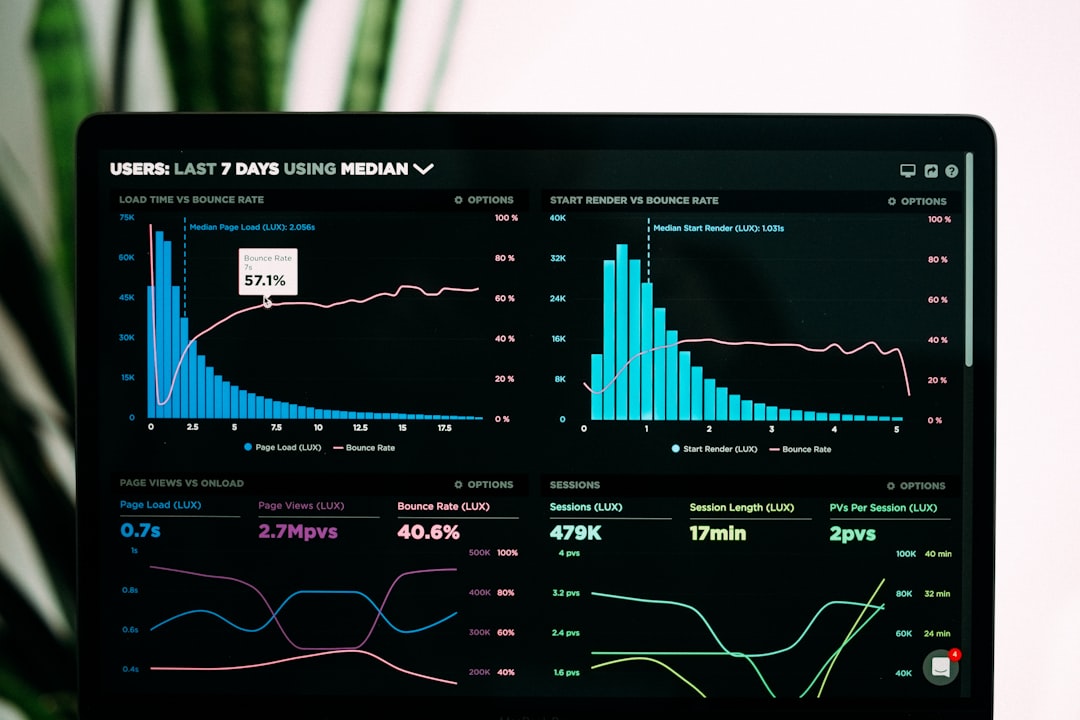
Enhancing Decision-Making with Advanced Data Analytics Dashboards
In today’s fast-paced business landscape, decision-making has evolved from intuition-based choices to data-driven strategies. Advanced data analytics dashboards play a crucial role in this transformation, offering real-time insights that empower organizations to make informed decisions. This article explores how these dashboards enhance decision-making processes, highlights emerging trends, and provides practical applications that can elevate your business strategy.
What are Advanced Data Analytics Dashboards?
Advanced data analytics dashboards are interactive visual tools that consolidate and display data from various sources. They enable users to monitor key performance indicators (KPIs), analyze trends, and derive actionable insights from complex datasets. By presenting data in an intuitive format, these dashboards facilitate quicker understanding and response to business challenges.
The Importance of Data-Driven Decision-Making
Data-driven decision-making (DDDM) is the process of using data analytics to guide business strategies and operations. This approach helps organizations:
- Reduce Risks: By relying on data, businesses can minimize the uncertainty that often accompanies decision-making.
- Increase Efficiency: Real-time analytics allow for immediate insights, which can streamline operations and improve productivity.
- Enhance Customer Satisfaction: Understanding customer behavior through data enables tailored services and improved user experiences.
Key Features of Advanced Data Analytics Dashboards
1. Real-Time Data Updates
In a rapidly changing business environment, having access to real-time data is crucial. Advanced dashboards integrate with various data sources and automatically refresh, ensuring that decision-makers have the most current information at their fingertips.
2. Customizable Visualizations
The ability to customize visualizations allows users to tailor the dashboard to their specific needs. From charts and graphs to heat maps, these tools can present data in ways that resonate with different stakeholders.
3. Predictive Analytics
With the integration of machine learning algorithms, advanced dashboards can provide predictive insights that help anticipate future trends. This capability enables organizations to proactively address potential challenges and seize growth opportunities.
4. Enhanced Collaboration
Modern dashboards support collaborative features, allowing teams to share insights and dashboards across departments. This fosters a culture of transparency and collective decision-making.
Emerging Trends in Data Analytics Dashboards
The field of data analytics is continually evolving. Here are some emerging trends to watch:
1. Integration with Artificial Intelligence
AI-powered dashboards are becoming more prevalent, as they can analyze vast datasets and uncover trends that would be difficult for humans to identify. This technology not only improves accuracy but also enhances the speed of decision-making.
2. Mobile Accessibility
With the increase in remote work, mobile-friendly dashboards are gaining traction. Accessible dashboards enable decision-makers to monitor business metrics on the go, ensuring they remain informed regardless of their location.
3. Data Storytelling
Data storytelling combines data analytics with narrative to convey insights effectively. This trend emphasizes the importance of context in data presentation, helping stakeholders understand the implications of the information presented.
Practical Applications of Advanced Dashboards
Case Study: Retail Analytics
A leading retail chain implemented advanced data analytics dashboards to monitor sales performance across its locations. By utilizing real-time data, the company identified underperforming stores and adjusted inventory levels accordingly. This data-driven approach resulted in a 15% increase in overall sales within six months.
Case Study: Healthcare Optimization
A healthcare provider used data analytics dashboards to track patient outcomes and operational efficiency. By analyzing data from multiple sources, they improved patient care processes, resulting in a 20% reduction in wait times and increased patient satisfaction.
Tools and Resources for Advanced Data Analytics Dashboards
To get started with advanced data analytics dashboards, consider these tools:
- Tableau: A leading analytics platform that offers a wide range of visualization options.
- Power BI: Microsoft’s powerful tool that integrates seamlessly with other Microsoft applications.
- Google Data Studio: A free tool that allows users to create customizable dashboards using Google’s suite of products.
For further reading on advanced data analytics, check out these resources:
- What is Data-Driven Decision Making?
- The Importance of Real-Time Data
- Using Predictive Analytics in Business
As you navigate the world of data analytics, embrace the insights provided by advanced dashboards to enhance your decision-making processes. Whether you’re in retail, healthcare, or any other industry, leveraging these tools can lead to significant improvements in your business outcomes.
Stay informed and proactive in your approach to data analytics by subscribing to relevant newsletters, engaging in online forums, or exploring new tools that can elevate your data-driven strategies.
Glossary of Terms
- KPIs: Key Performance Indicators, measurable values that demonstrate how effectively a company is achieving its key business objectives.
- Predictive Analytics: The use of statistical algorithms and machine learning techniques to identify the likelihood of future outcomes based on historical data.
- Data Storytelling: The practice of using data to create a narrative that conveys insights effectively.
By understanding and implementing advanced data analytics dashboards, you can position your organization at the forefront of data-driven decision-making, ensuring a competitive edge in today’s data-centric world.


